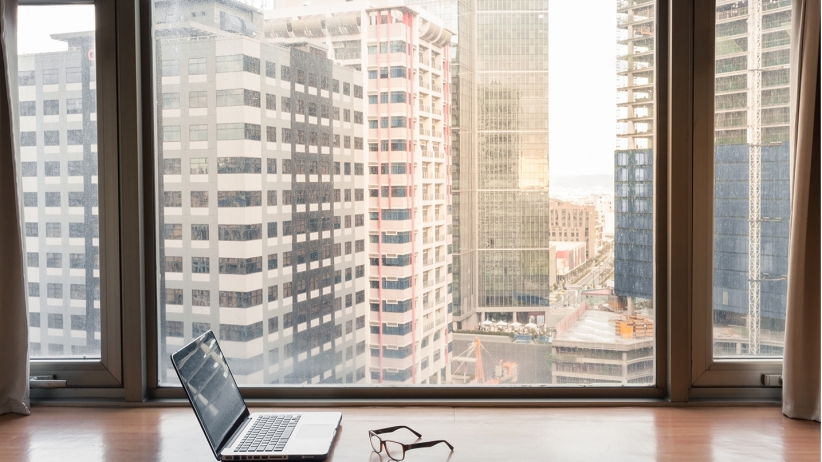
Launching a startup can be exciting, and an increasing number of Americans are doing just that: According to the Global Entrepreneurship Monitor, two-thirds of Americans consider entrepreneurship a good career move; and the result is that today there are more than 27 million entrepreneurs running or starting new businesses.
These entrepreneurs are working from home, cafés, shared workspaces, basements and garages. Others are taking the plunge, either buying or leasing commercial office space to give their startups credibility and authenticity.
But is that a smart move early on for a new business? The answer may be “no.” So, if you’re considering leasing private office space, curb your enthusiasm and excitement long enough to ask yourself these five questions.
1. What is the cost?
When you’re considering leasing office space, the one number that stands out the most is the cost per square foot per month. That’s the bare minimum monthly obligation you’ll be paying for private office space. But there are other costs to consider here, as well:
- Insurance to cover your business assets
- Liability insurance
- Supplies
- Electronics
- Furniture and decór
- Utilities (internet, electricity, water, waste removal, alarm service, etc.)
- Maintenance fees that a property owner or management company may apply
The overall message is to factor in the total overhead that comes with leasing a private office space, in order to maintain a healthy margin on your product/service. This is especially important if you expect to need to raise more capital in the near future.
“It’s almost always harder to raise capital than you thought it would be, and it always takes longer,” says Richard Harroch, managing director at VantagePoint. “So, plan for that.”
2. What does your growth-projection look like?
The length of a lease for private office space can vary dramatically from short term (three to six months) to long term (three to five years). Commercial property owners may not want businesses cycling in and out quickly, as that can create a negative perception of the…

